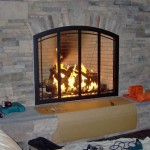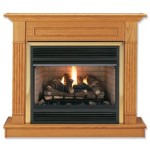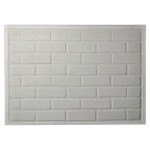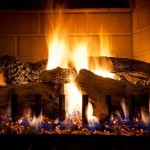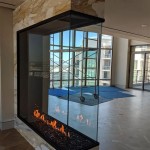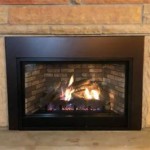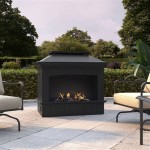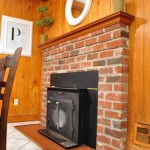Gas Fireplace Flue Damper: Open or Closed?
Gas fireplaces offer a convenient and efficient way to enjoy the warmth and ambiance of a fire without the hassle of chopping and stacking wood. However, one important aspect of gas fireplaces that often goes unnoticed is the flue damper. Understanding the purpose and proper usage of the flue damper is essential for maintaining optimal fireplace performance and safety.
What is a Flue Damper?
A flue damper is a mechanical device located in the flue pipe that connects your fireplace to the outside. It is designed to control the flow of air and combustion gases through the fireplace system. When the damper is open, it allows combustion gases to escape while drawing fresh air into the fireplace. When closed, the damper prevents the escape of gases and restricts the flow of air.
Why is a Flue Damper Important?
The flue damper plays several crucial roles in the operation of a gas fireplace:
- Safety: It prevents the accumulation of hazardous combustion gases, such as carbon monoxide, inside the home by providing a path for their release.
- Ventilation: It ensures proper airflow through the fireplace system, supplying fresh air for combustion and preventing smoke buildup.
- Efficiency: It helps optimize the fireplace's heat output by controlling the rate of airflow.
- Draft Prevention: It prevents cold drafts from entering the home through the fireplace when not in use.
When to Open and Close the Flue Damper
The correct position of the flue damper depends on whether the fireplace is in use or not:
- Open: When the fireplace is in use, the damper should be fully open to allow proper ventilation and gas exhaust.
- Closed: When the fireplace is not in use, the damper should be closed to prevent drafts and heat loss. It should also be closed during periods of strong wind or heavy rain to prevent water from entering the flue.
Maintenance and Inspection
To ensure proper functioning and safety, the flue damper should be regularly inspected and maintained:
- Visual Inspection: Check the damper for any damage, rust, or corrosion.
- Operation Test: Make sure the damper opens and closes smoothly and completely.
- Professional Inspection: Have a certified chimney professional inspect the entire fireplace system annually, including the flue damper.
Conclusion
The flue damper is an essential component of a gas fireplace system, playing a crucial role in safety, ventilation, efficiency, and draft prevention. By understanding the importance and proper usage of the flue damper, homeowners can ensure optimal fireplace performance and peace of mind.

How To Open A Chimney Damper Traditional Fireplace Pros

Basic Home Improvements How Do You Open A Fireplace Damper

How Do Fireplace Dampers Work Zoro Com

How To Stop Fireplace Drafts Full Service Chimney

What S The Purpose Of A Chimney Damper Where Is It Located

How To Open A Chimney Damper Traditional Fireplace Pros

Vented Vs B Vent Direct Free Dixie S

How Do You Open A Fireplace Damper

How To Open Fireplace Damper The Blog At Fireplacemall

How To Open Your Chimney Damper And Tell If It S Or Closed Priddy Solutions
Related Posts

